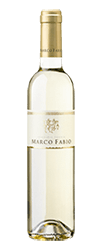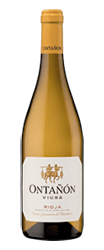Versos Sueltos collection
Libre te quiero
Ontañón
Kaori
Tempranillo from the uplands of the Sierra de Yerga
Complexity and finesse
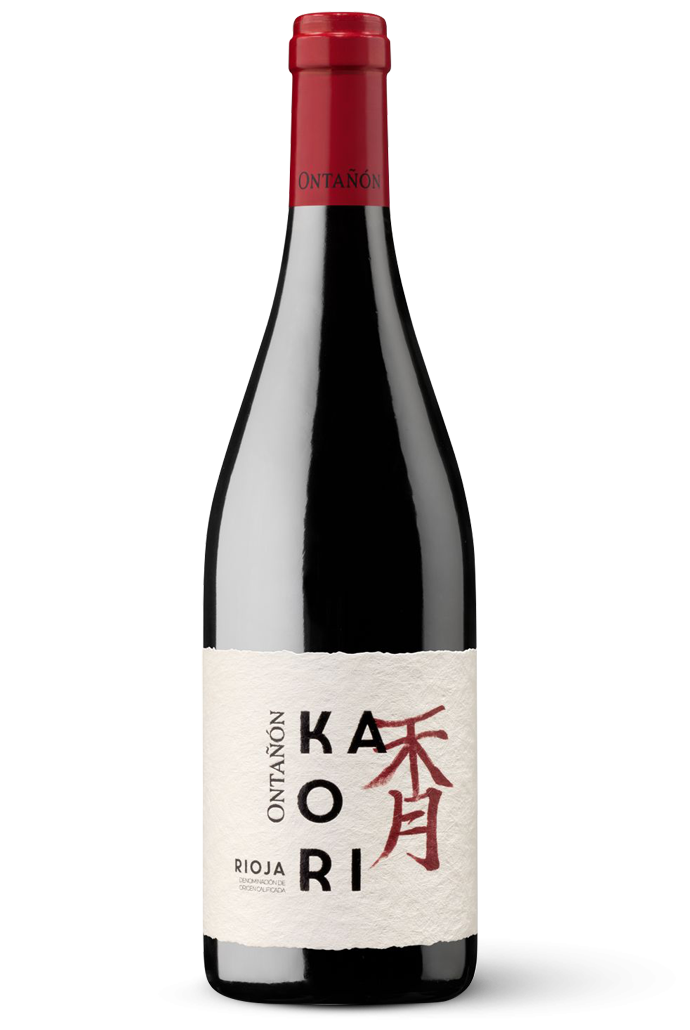
Ontañón Kaori stands for elegance and balance, delving deeply into the most faithful aromatic expression of a territory (Quel, and its upland vineyards) and a variety: tempranillo, which displays the beauty of its tannins and the freshness of its origins in vineyards located in privileged places: altitude, soil and surroundings with huge biodiversity in which the vines are situated at the foot of a wood, in a fascinating aromatic setting. The complexity of its fragrance and the finesse of its expression define the footprint of this wine.
The Cidacos valley,
A Rioja treasure
The Cidacos valley makes up one of the least known and most authentic spaces of the Rioja Oriental, one of these territories in which silence and depth prove the best allies for discovering amazing spots marked by geological upheaval that has defined the shape of the terrain and the characteristics of the soils in which the grapes for Ontañón wines sprout.
CLIMATE, SOIL AND ALTITUDE
The soil confers distinctive features to a wine and along with the climate of this space in La Rioja, is one of the most defining aspects for their quality. But altitude is increasingly becoming more decisive with regard to the climate changes; that is, temperature and rainfall. Here, our vines climb up to 800 metres, which gives our grapes a magnificent potential for making wines with great finesses and elegance.

The Cidacos Valley, seen from the high-altitude vineyards of Ontañón Familia.
Tempranillo from the uplands of the Sierra de Yerga
The tempranillo grapes used to produce Ontañón Kaori all come from a collection of plots located in the foothills of the Sierra de Yerga, Quel, in the Cidacos Valley, between the Monte Gatún and the Peña Isasa peaks. The average age of the Ontañón Familia tempranillo vines is thirty years, as they were planted at the beginning of the nineties in an upland area in various soils with a sandy-loam texture (16.9% loam, 73.1% sand, 10% clay), with a wide range of altitudes, soils, orientations and training systems.
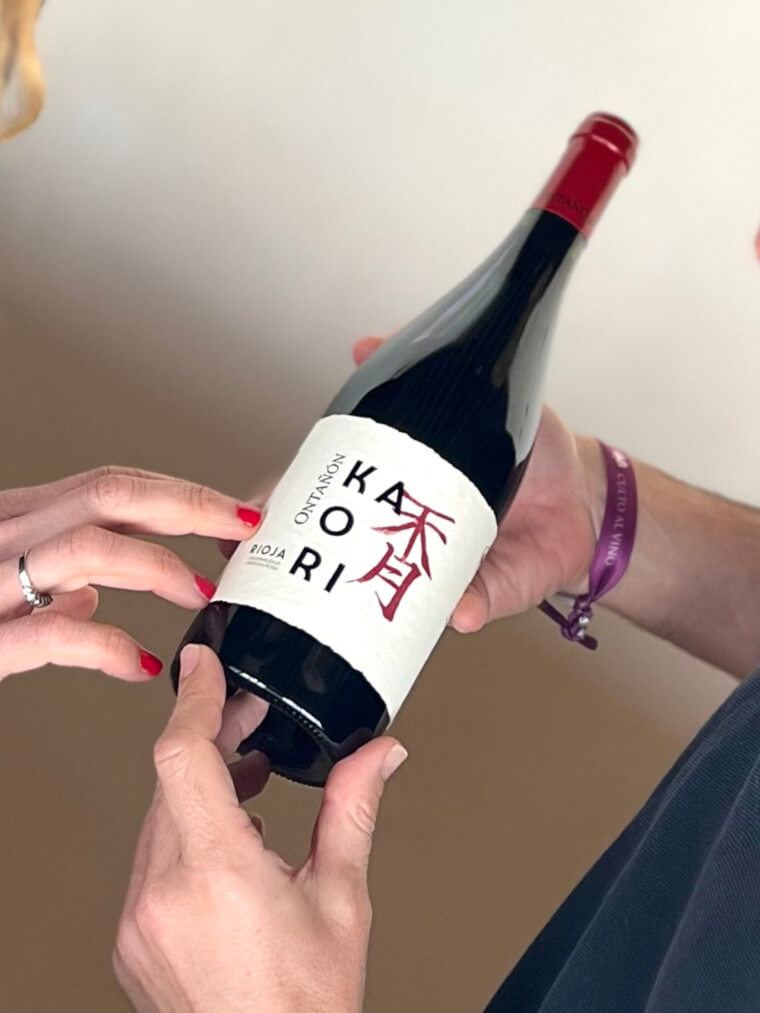

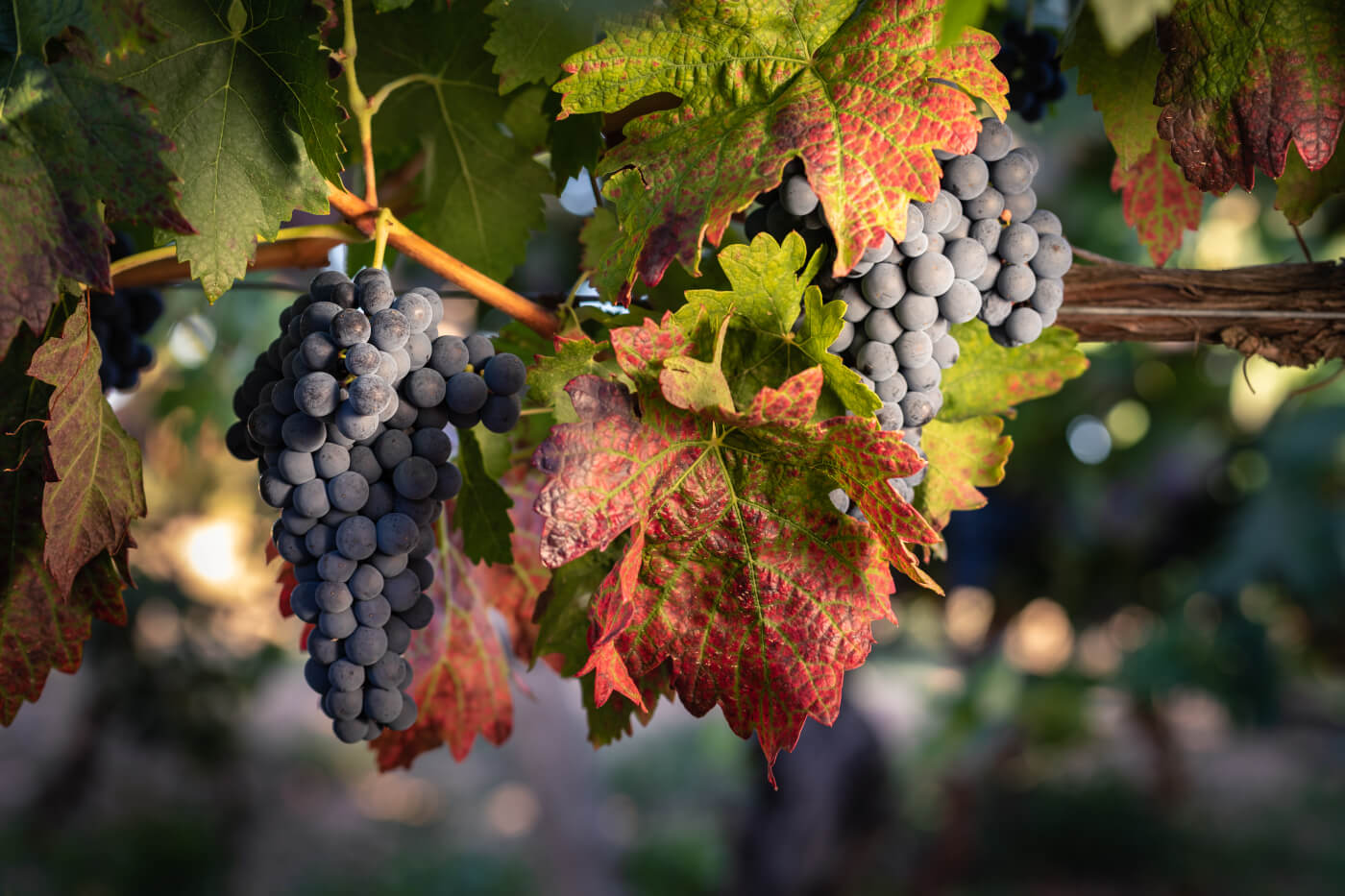
The viticulture of Quel is outstanding for its wide range of varieties and the biodiversity of its historic spaces dedicated to vine growing, dotted with olive trees, almond trees and fruit trees such as cherries and plums, and an incredible collection of aromatic herbs which spring up at the feet of a thick wood of medium height full of Aleppo and stone pines which occupy deep soils on the slopes and in the valleys and gullies.
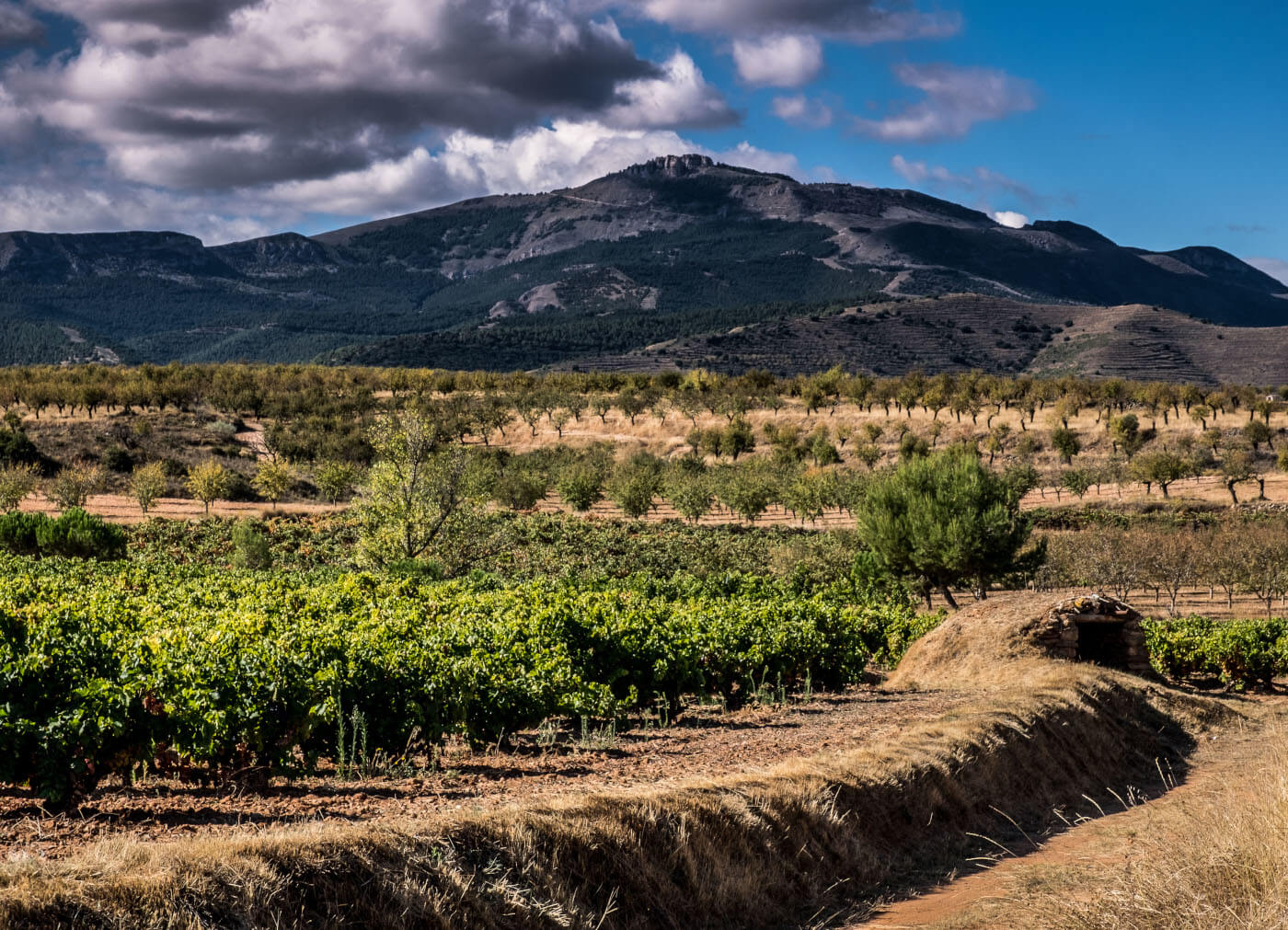
Ontañón Familia vineyards; in the background Peña Isasa, with all the biodiversity of the territory.
We seek the most authentic nature of Rioja wine and we go to the most remote vineyards of our family. The grapes come from several of Ontañón’s most emblematic vineyards in the Sierra de Yerga, a paradise of the Rioja Oriental. This space sees the convergence of the three climate patterns which shape the wines of Rioja: the Atlantic influence of the Sierra de Cantabria; the Continental one of the foothills of the Sierra de la Demanda and the Mediterranean light and warmth from the opening up towards the Ebro valley.
THE FASCINATION OF BIODIVERSITY
An excellent place which in recent years has been creating a true fascination because of its great diversity, where the Mediterranean climate starts to scatter its aromatic herbs, like rosemary and thyme; the Aleppo and stone pines populate the rugged spots, and the vine, almond, olive and fruit trees complete the beautiful landscape, as described by the editor of the magazine Mi Vino, Antonio Candelas.
Production of Ontañón Kaori
The key to the work in the winery for this wine is to preserve to the utmost all the varietal character of our high-altitude tempranillo grapes, which are so special thanks to their genetic ID and the features that the surroundings bring to them. The essence is to protect their aromatic hallmark and multiply their values of finesse, elegance and the silkiness of their polished tannins.
Selection of the grapes
One of the most decisive conditions in making a wine is the healthiness of the grapes, and to ensure this it is vital to make a highly painstaking selection both at the point of harvest and in the moments before passing into the vats. For this wine, we make a first selection in the vineyard and also cluster by cluster.
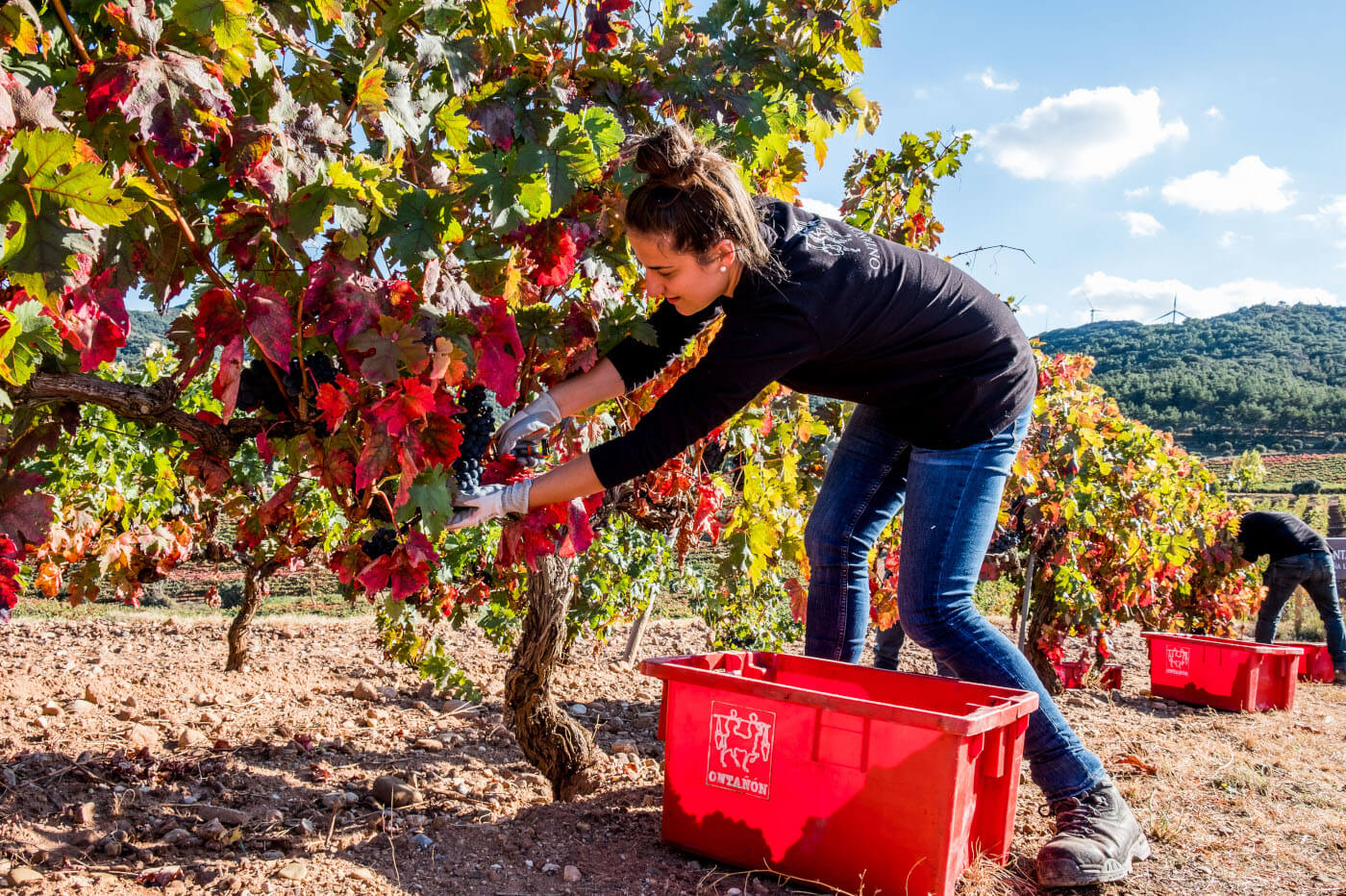
The harvest is carried out in boxes and with great care to ensure the health of the grapes.
Conservation and heightening of the aromas
Alcoholic fermentation takes place in stainless steel vats at a controlled temperature over a period of no more than a week. All the steps are taken with the aim of conserving and heightening the aromatic qualities of our upland tempranillo grapes.
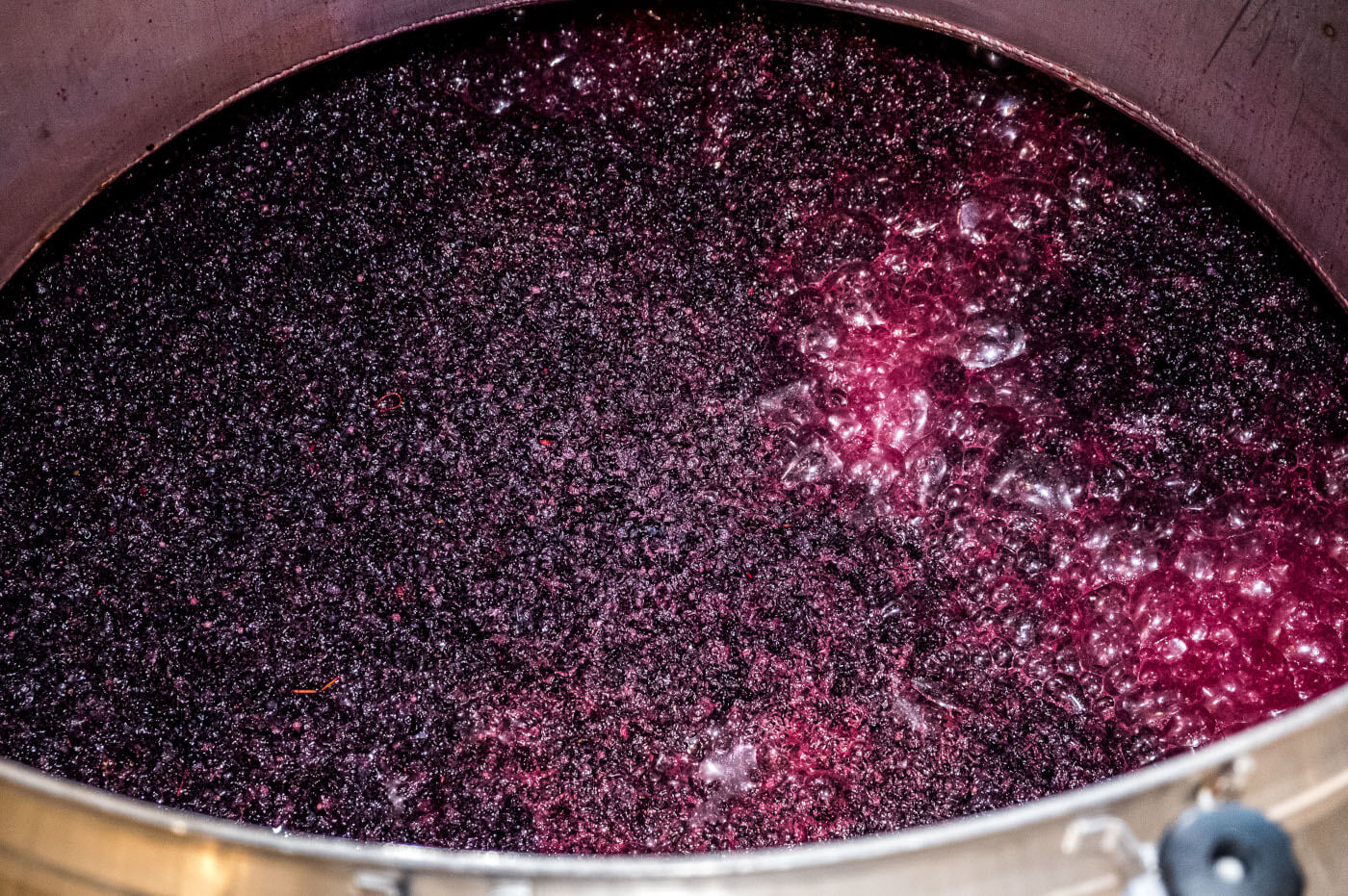
A moment of the beginning of the fermentation of the Tempranillo grapes in the tank.
Transfer of aromas
One important step is maceration after fermentation, which proceeds over a maximum of ten days, in which the transfer of the aromas is gain multiplied by having the skins remain in contact with the newly fermented wine. In addition, we boost the extraction of tannins which help to give the wine more structure. Between alcoholic and malolactic fermentation a process of micro-oxygenation occurs which favours the stabilisation of the colour and the polishing of the tannins.
Cask ageing
After the second (or malolactic) fermentation, Ontañón Kaori undergoes 12 to 15 months ageing in medium-toasted, American-oak casks. American oak offers us higher levels of micro-oxygenation and aromas such as coconut, vanilla, coffee, cocoa and tobacco develop. The medium toast is less overpowering for the aroma and keeps the floral notes intact. And, in addition, it transfers notes from the wood, such as pepper, coconut and cedar.
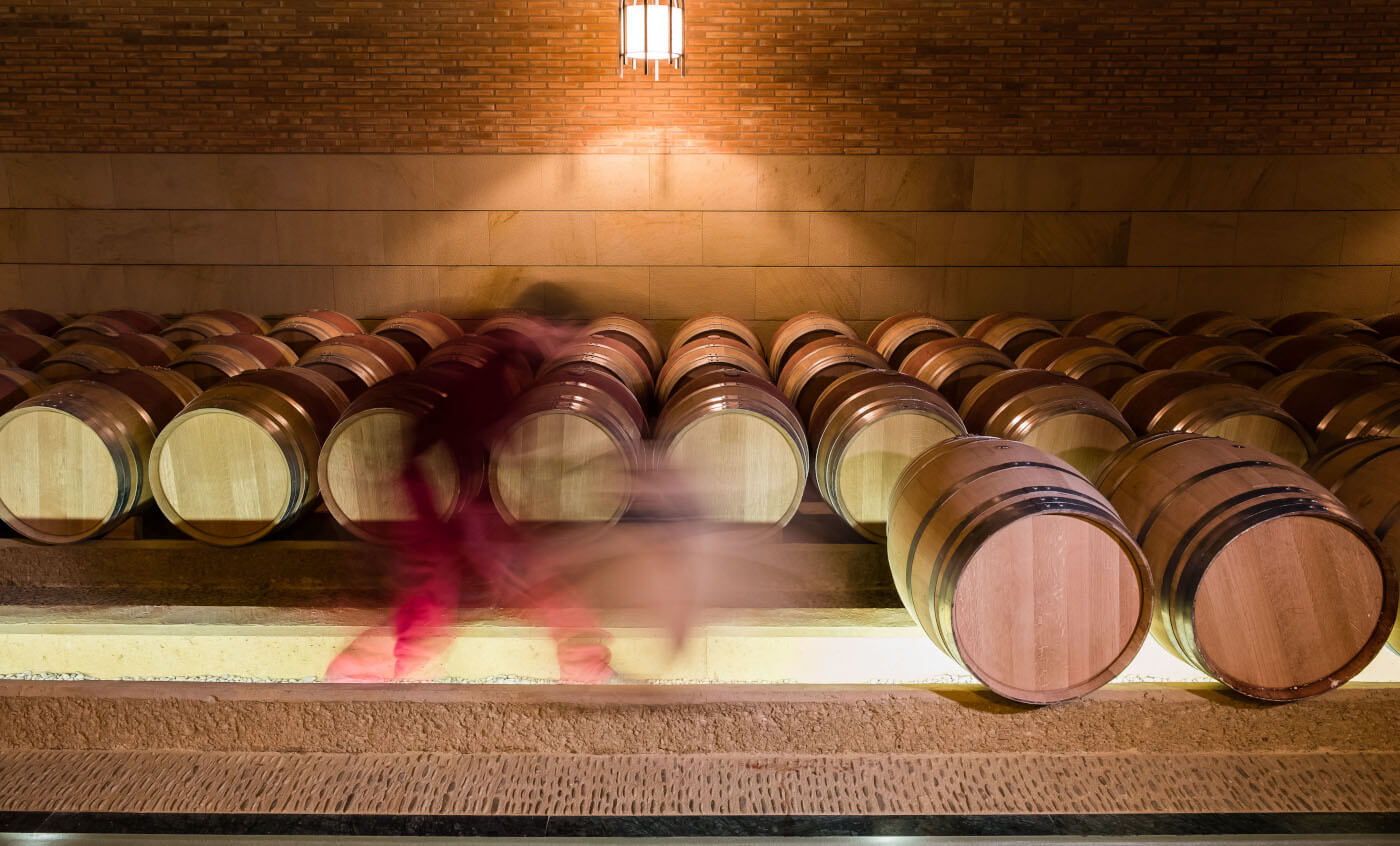
Ontañón Kaori is aged for 12 to 15 months in medium-toasted American barrels.
Kaori * Complexity and finesse * Kaori * Complexity and finesse *
Ontañón Kaori and asian cuisine
The French chef, Alain Senderens, who gave up his three Michelin stars in his personal pursuit of a cuisine based exclusively on what is on the plate and not his surroundings, confessing to the sommelier Ferran Centelles that gastronomy is the search for harmonies and that “chefs are searchers of harmonies”. Very often Asian cuisine functions as a mixture of flavours, of contradictory sensations: potency, finesse, return to potency. Wines like Kaori, complex and fine, without too much oak, are the ones which work best to achieve this harmony that the French master Alain Senderens is pursuing.
GASTRONOMIC CULTURES AND VERSATILITY
Japan, Thailand, China, Vietnam, India, Indonesia, Malaysia… each gastronomic culture has a special personality of its own, a way of preparing and combining products which are so rich for ensuring a perfect correlation of the wine with the food, the best thing is the versatility. Our Kaori stands out for its lightness, the aromatic profile and the subtle sweetness of its tannins. Its refreshing acidity and hints of fruit complement the flavours of raw fish and soft, elegant sauces. The delicacy and freshness of sashimi are balanced by the subtlety and the nuances of the floral notes of our wine’s complexity. But Japanese cuisine is not just limited to subtle, delicate dishes; in fact, you can also find intense flavours in dishes such as ramen, curry and katsu. In this territory, Kaori and the body it gets from its cask ageing prove perfect for achieving that harmony which Senderens described to Ferran Centelles.
The umami flavour was discovered in Japan in 1908 by Kikunae Ikeda, professor at the Imperial University of Tokyo. It means “tasty, delicious, profound flavour”. In 2001 the University of California discovered that the tongue has specific taste buds to detect it. Umami can be recognised by salivating more than normal, a smooth, velvety sensation in the mouth which has huge persistence.
The foodstuffs which have a taste of umami are many and varied, as well as the kombu algae to which it owes its discovery. But you can also find umami in ham, matured cheese, anchovies, Asian sauces, various kinds of fruit and vegetables such as asparagus and tomatoes. All of them perfect to accompany our Ontañón Kaori.
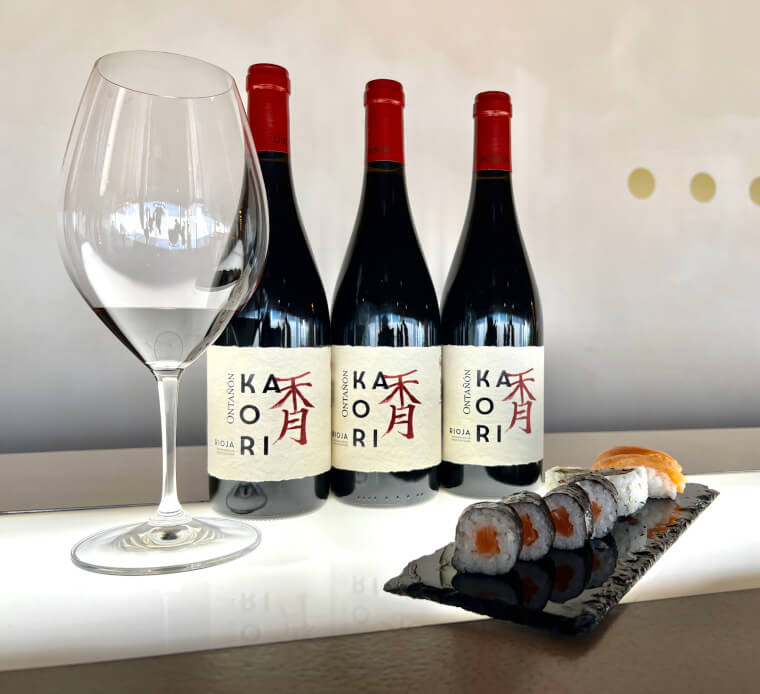
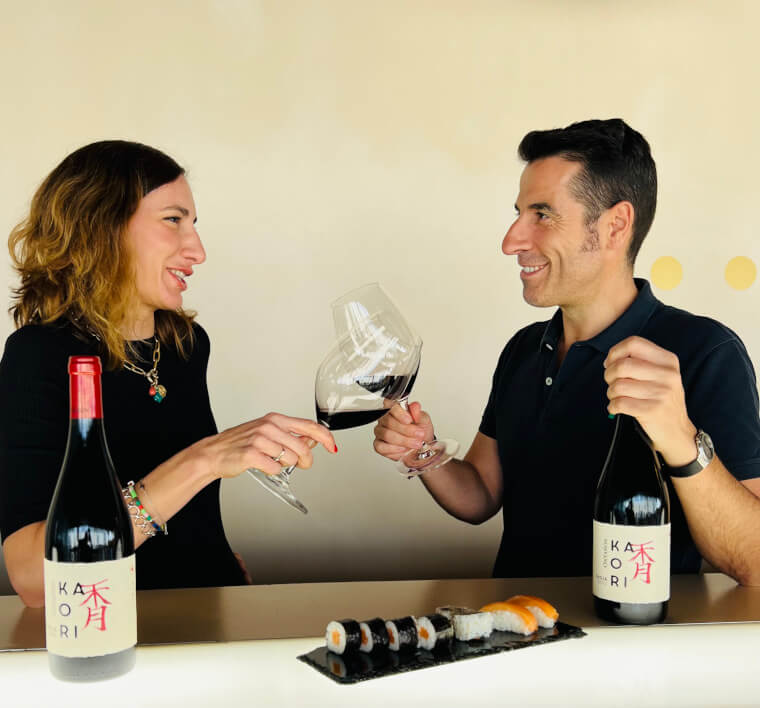
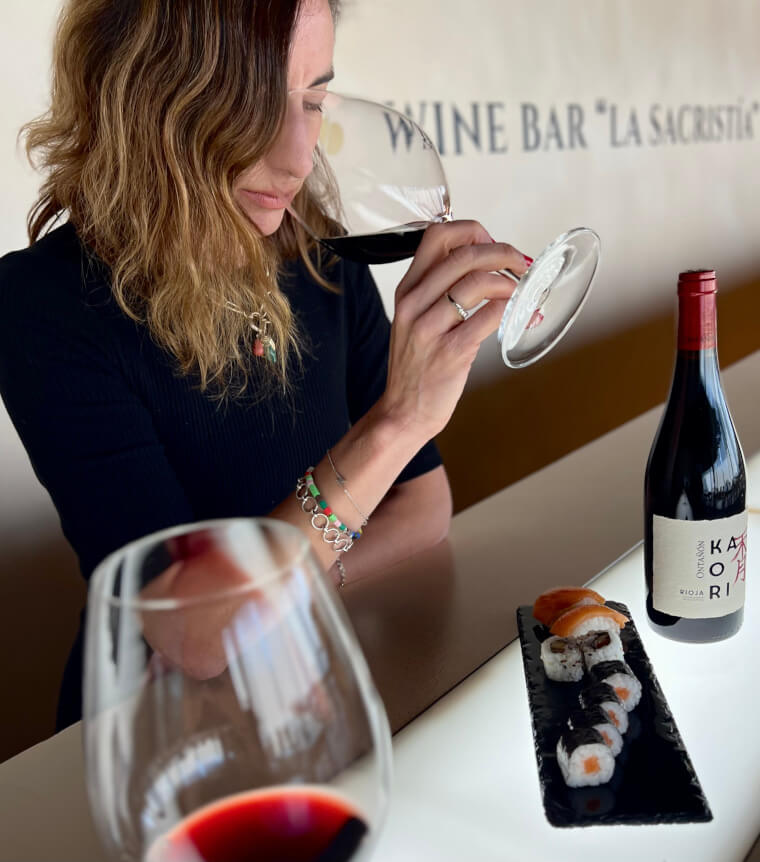
Tasting
Medium-depth, ruby-red colour with brick red glints.
The olfactory aspect of this wine stands out for its enormous complexity due to the origin of our Quel vineyards, where the biodiversity is expressed through the various sets of aromas: plum, thyme, mint, acacia and even a hint of jasmine. There are also ageing aromas such as vanilla, spices like liquorice and black pepper, and a touch of intense and nutmeg
On the palate it appears as a very fine, elegant wine, with a great retronasal phase in which the mentholated sensations return.
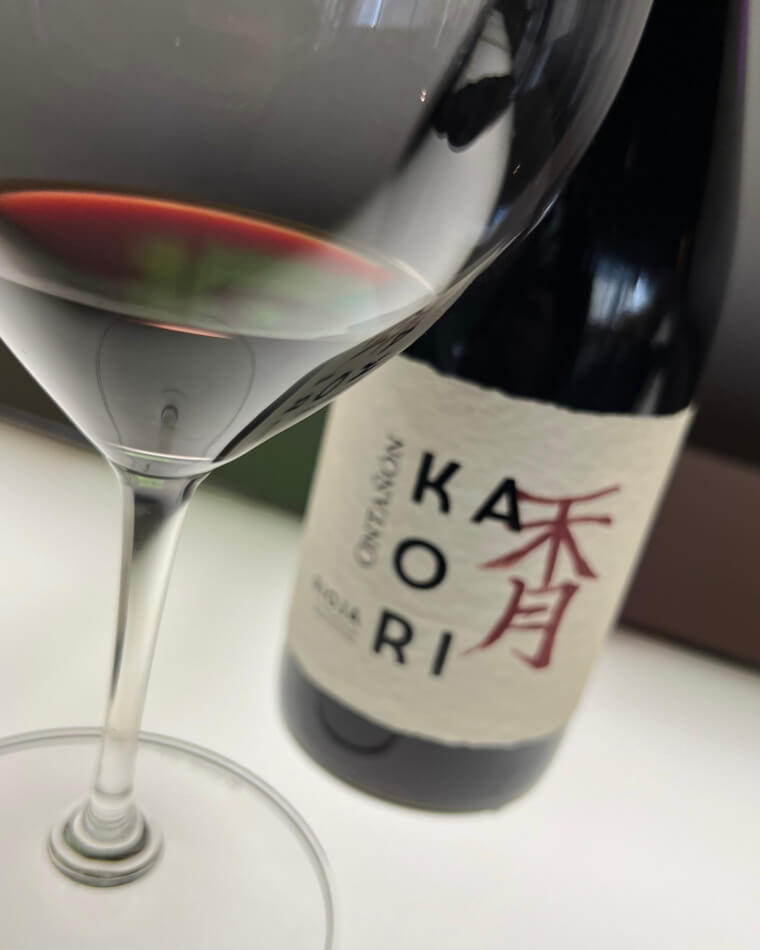
Download
Imagen Bottle
· JPG ·


